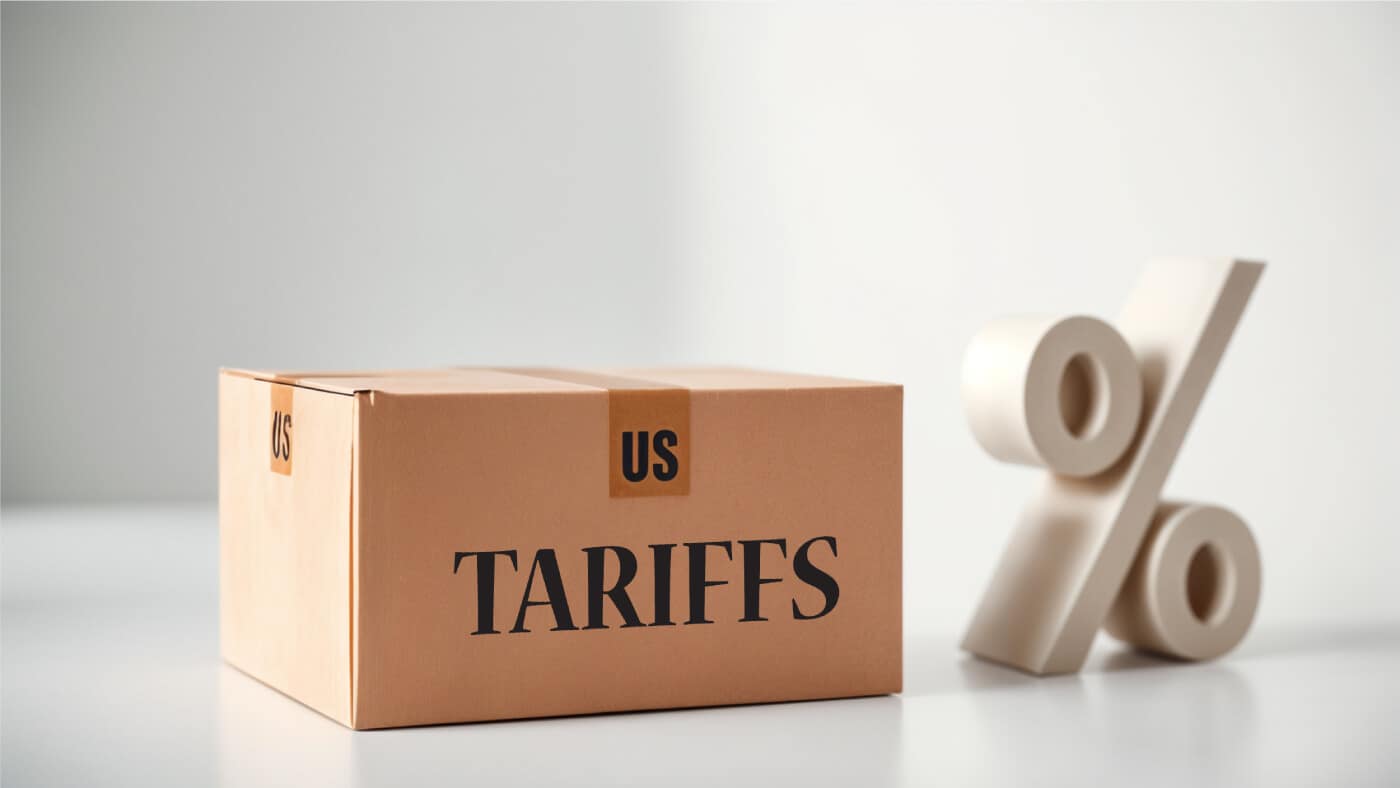Introduction
The expanding prominence of voluntary carbon markets (VCMs) in the global move towards achieving Net Zero carbon emission goals by 2050, is well established. We have also studied the evolving landscape and trends that these sustainability markets will bring about. It is now time to start looking into the high-growth potential areas within VCMs. One such area previously discussed is Carbon Capture. However, majority carbon offset credits on VCMs are generated from terrestrial (land-based) projects. And, given that two-thirds of the planet is water, it’s time to look at Blue Carbon.
Blue Carbon, as the name indicates, has to do with the oceans and coastal wetlands. With a majority of the planet being covered in water, industries are increasingly realising the fact that oceans are capable of providing a strong helping hand in global climate change mitigation goals. Add to that, the level of relative carbon abatement that can be achieved through blue carbon is phenomenal.
Blue carbon credits are recent entrants to VCMs and hence do not command a massive share of the pie yet. However, given the weight of their contribution potential in reducing greenhouse gas (GHG) emissions over coming decades as well as for all additional benefits they can lead to, it becomes imperative to treat them at a high prominence. Hence, there is a rise in projects offering blue carbon credit offsets in VCMs, and their demand far outweighs their supply at the moment.
What is Blue Carbon?
Blue carbon is carbon sequestered from the atmosphere and stored by coastal or oceanic ecosystems such as mangrove forests, salt marshes, and seagrass meadows in the form of biomass or sediments. Projects covering blue carbon fall within nature-based solutions (NBS) of the broader carbon sequestration category.

Blue Carbon in VCMs
Most commonly, blue carbon projects are aimed at the protection and restoration of coastal ecosystems, through which an increase in the carbon emission absorption rate is observed. This rate is relatively high compared to land-based projects which has made the blue carbon credits much sought-after, and most such projects are over-subscribed at the moment. However, being a more recent addition to VCMs, the supply of these credits is not very high at present even as more research and increasing carbon abatement verification continue to push their demand. Their pricing also remains above average as they offer a wide array of co-benefits, but also require more efforts to calculate their decarbonization impact.
Massive Sinks: The carbon absorbed by blue carbon projects on mangroves or seagrass, measured per unit area is almost 10 to 11 times that of terrestrial forests. This along with the greater carbon storage capacity of such carbon sinks is driving their rising popularity.
Co-Benefits: Blue carbon ecosystems have various co-benefits beyond being the biggest carbon sinks, as they also purify water, protect the coastlines by acting as a natural barrier, and provide a habitat rich in marine biodiversity.
Community-Based: Projects involving blue carbon almost certainly require the inclusion of local communities who live and work around the areas as most such ecosystems are located within developing economies. This not only helps the local economy, but also ensures that the stakeholders of the region are directly contributing to and benefiting from such projects.
Restoring Nature: A major benefit of blue carbon projects is that they tend to bring about resilience to neighboring ecosystems beyond the immediate impact area. For example, healthy coral reefs can help protect a mangrove forest, and vice versa. This is particularly the case for projects wherein a ridge-to-reef approach is applied.
Permanence: Blue carbon projects are dependent on multiple natural variables, particularly now with effects of climate change. So, the risk associated with their permanence – non-emission of stored carbon for 100 years or more – needs to be closely calculated in accordance with these variables. That being said, the permanence of ideally placed projects can extend centuries or even millennia beyond the calculated requirements.
Reversal: In case the stored carbon does get emitted, that is, there is a risk of reversal of the carbon sequestration, such projects may need to keep a buffer of carbon stocks that can help mitigate the reversal over time. Certain carbon credits standards do list this requirement already.
Conclusion
Blue carbon is a newer entrant into the VCMs and as all nascent solutions, it brings its share of challenges. However, given the scale of the oceans and potential for blue carbon projects, it will not be surprising to witness blue carbon credits provide a strong value addition to the otherwise terrestrial projects-based carbon credits.
The ocean is a part of the planet and, as such, can serve as a major stakeholder in climate change mitigation activities. The role of blue carbon projects and their prominence is sure to grow in coming years, with rising awareness about the benefits of such projects amongst VCM players.
Standards that can scientifically and accurately gauge the scale of carbon sequestration as well as the permanence of its storage from blue carbon projects will play a key role in verifying the resultant carbon credits. As will the emergence of more efficient solutions for the execution and stability of such projects.
The scope for expansion of blue carbon projects deeper into the oceans, beyond coastal wetlands, will also become a possibility with the expanding research into marine climate change mitigation technologies and solutions. What is clear as water, however, is that blue carbon offers a scale of decarbonization potential that is far beyond existing solutions.
Carbon Offset Platform: To tackle these challenges and gain all the advantages of participation in voluntary carbon markets, our team of experts at Evalueserve has developed our very own Carbon Offset Platform. This platform comprises a global database of projects from across various carbon offset registries, which helps you in analyzing the best-fit project in terms of abatement as well as economics. To know more about how our Carbon Offset Platform can empower your decarbonization journey, please connect with our team of experts today.
Get decarbonization publications delivered to your inbox by filling out the form below.


